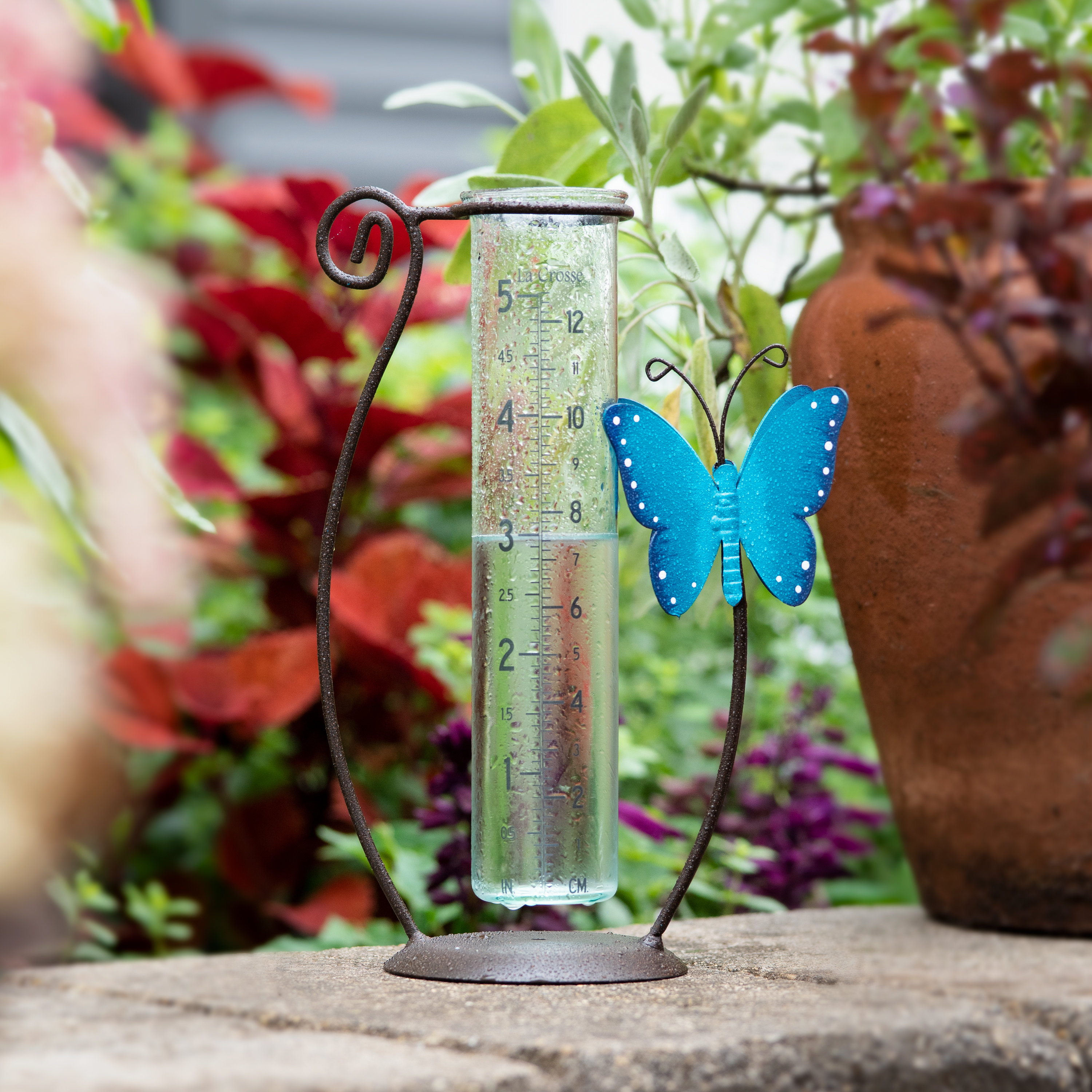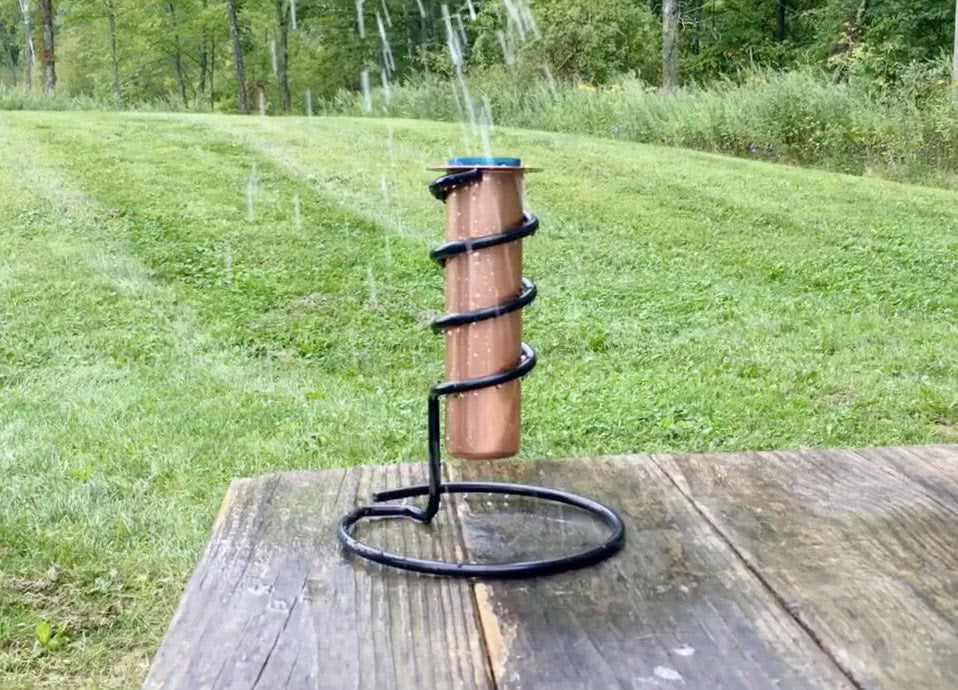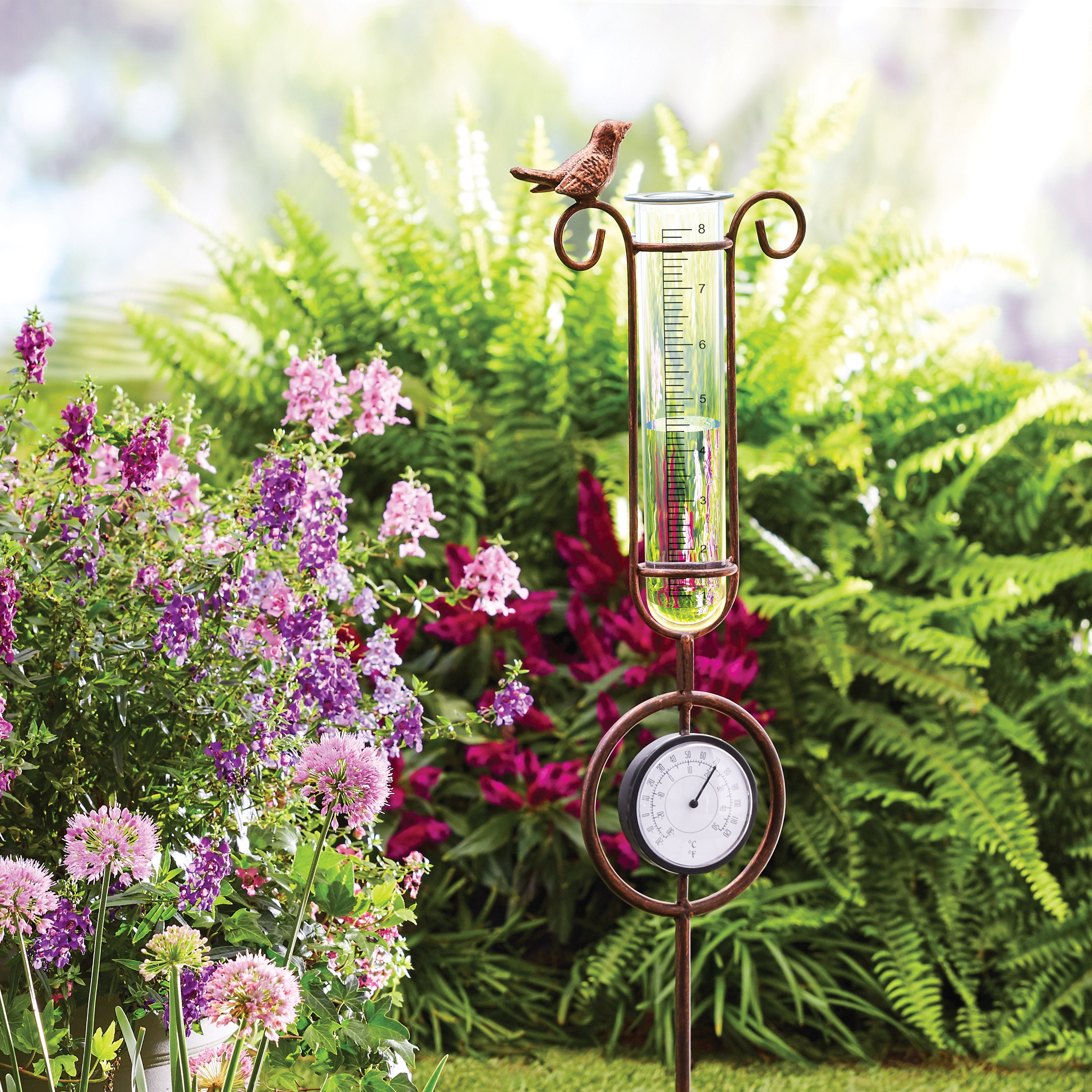The Rain Gauge: A Crucial Device for Keeping Track Of Precipitation Degrees
The Rain Gauge: A Crucial Device for Keeping Track Of Precipitation Degrees
Blog Article
Exactly How to Select the Right Rainfall Scale for Accurate Rain Information
Accurate rainfall data is vital for numerous industries and activities, such as meteorology, agriculture, and water source management. To obtain reputable measurements, it is important to select the best rain gauge. This overview intends to supply useful insights into the choice process, permitting you to make educated decisions. Considering factors such as area, kind, and accuracy of the rainfall scale will help ensure specific information collection. Furthermore, understanding the maintenance and calibration treatments will add to the long life and dependability of your rain scale. By complying with these guidelines, you can ensure exact rainfall information, making it possible for much better decision-making and planning for numerous applications.
Value of Selecting the Right Rainfall Scale
The significance of picking the best rainfall gauge hinges on acquiring trusted and exact rainfall information for precise meteorological evaluation. Rainfall information is important for a vast array of applications, including climate projecting, hydrological modeling, and environment research study. Unreliable or unreliable information can lead to incorrect verdicts and flawed decision-making procedures.

Second of all, the accuracy and precision of the rainfall scale are vital. The scale must have the ability to measure rainfall with high precision, recording also percentages of rainfall properly. It should also decrease mistakes due to evaporation, wind, and other environmental factors. Normal calibration and upkeep are necessary to make certain recurring accuracy.
Additionally, the area and setup of the rainfall gauge are important considerations. It should be put in an open area, away from blockages that could influence rainfall dimensions. The scale ought to be placed at a suitable elevation and angle to avoid splashing and ensure appropriate catchment of rain.
Elements to Take Into Consideration When Choosing a Rainfall Scale
When selecting a rainfall scale, there are several crucial factors to think about. These variables can significantly influence the accuracy and integrity of the rainfall data gathered. The initial factor to think about is the kind of rainfall gauge. There are different types readily available, consisting of basic rainfall determines, tipping bucket rain evaluates, and evaluating rainfall gauges. Each type has its own benefits and drawbacks, so it is necessary to choose one that finest fits your certain demands and needs.
An additional element to think about is the product of the rainfall scale. Rain gauges can be constructed from various materials, such as plastic, steel, or glass. The material chosen should be immune and long lasting to weather, making sure that the rain scale will certainly endure the aspects and give accurate measurements over time.
Precision is additionally an essential variable to think about. Search for rain determines that have actually been calibrated and tested for precision. Functions such as anti-splash rings and funnels can also improve the precision of the measurements.

Lastly, think about the climate and atmosphere in which the rain scale will certainly be utilized. Various rain gauges appropriate for different environments, so it is very important to select one that is ideal for the conditions in your location.
Various Types of Rainfall Determines Available
To better explore the elements to take into consideration when choosing a rain scale, it is vital to understand the various kinds of rainfall evaluates offered. There are several sorts of rain determines, each with its own advantages and disadvantages. The most typical kind is the standard rain gauge, likewise get redirected here referred to as the round rainfall scale. This type contains a straight-sided cylindrical container with a funnel-shaped top. It is basic to use and provides accurate measurements of rainfall.
Another kind of rainfall scale is the tipping container rain scale. This scale utilizes a seesaw-like mechanism to collect and gauge rains. As the rain comes under the gauge, it fills up one side of the bucket, creating it to empty the water and tip. The variety of ideas is counted digitally to identify the quantity of rains. Tipping bucket rain gauges are preferred for their accuracy and ability to gauge rainfall strength.
A third kind of rain scale is the weighing rain scale. This gauge uses an equilibrium system to determine the weight of the collected rains. As the rainfall falls under the gauge, it is collected in a container linked to an equilibrium. The weight of the water is measured, and the rainfall quantity is determined based on the weight. Evaluating rain gauges are very accurate however can be more costly and require routine upkeep.
Lastly, there are also remote rain determines that use advanced modern technology to measure rainfall (The Rain Gauge). These determines use sensors and transmitters to send out information wirelessly to a central system. Remote rainfall determines are convenient for monitoring rainfall in hard-to-reach locations or for large-scale data collection
Exactly How to Establish the Accuracy of a Rain Gauge
One method to analyze the accuracy of a rain gauge is by carrying out normal calibration dimensions. Calibration involves comparing the analyses of a rainfall scale to a conventional dimension, such as a qualified rain gauge or a climate terminal with high accuracy. By comparing the measurements, any type of disparities or mistakes in the rainfall gauge can be determined and represented.
To perform a calibration dimension, Related Site start by collecting rainfall data from both the rain gauge and the typical measurement device over a particular time period, such as a month. Then, compare the readings and determine the distinction in between them. This difference is called the calibration mistake.
It is necessary to note that calibration measurements ought to be performed frequently, as environmental factors, such as wind, particles, and temperature level, can influence the accuracy of the rain scale in time. By conducting normal calibrations, any type of changes in the precision of the rain gauge can be identified and modifications can be made appropriately.
Along with calibration, it is likewise suggested to clean and keep the rain scale regularly to guarantee its accuracy. Get rid of any type of particles or obstructions that might affect the precision of the measurements, and look for any type of signs of damages or wear that may require fixings or replacement.
Tips for Preserving and Adjusting Your Rain Scale
Regular upkeep and calibration are crucial for making certain the accuracy and dependability of your rainfall gauge in determining rains data (The Rain Gauge). By complying with a few basic pointers, you can guarantee that your rainfall scale is correctly preserved and adjusted
Firstly, it is vital to clean your rainfall scale frequently to protect against any particles or dust from obstructing the rain collection system. Make use of a mild detergent and a soft brush to gently clean up the within and exterior of the scale. Rinse it completely with tidy water and permit it to dry completely directory before re-installing it.
Second of all, it is recommended to calibrate your rain gauge at least as soon as a year. Calibration entails comparing the measurements of your rainfall scale with those of a trusted and accurate recommendation scale. This will certainly assist you identify and fix any type of possible errors in your rain gauge's measurements.
To calibrate your rain gauge, gather a recognized quantity of water using a gauging container and contrast it with the dimensions videotaped by your rainfall scale. Change the readings appropriately to guarantee accuracy.

Verdict
Finally, choosing the best rainfall scale is important for obtaining exact rains data. Variables such as place, budget, and objective must be considered when picking a rain gauge. There are numerous kinds of rainfall determines offered, each with their very own benefits and limitations. It is essential to frequently keep and calibrate your rain scale to guarantee its precision. By following these standards, exact rainfall data can be acquired for numerous applications.
There are various types offered, consisting of standard rain gauges, tipping bucket rain evaluates, and evaluating rain evaluates.To additionally check out the aspects to think about when selecting a rain gauge, it is important to understand the different kinds of rainfall assesses offered. The most typical type is the basic rain scale, additionally recognized as the round rain gauge.An additional kind of rain gauge is the tipping bucket rainfall scale. Calibration includes comparing the analyses of a rainfall gauge to a conventional measurement, such as a certified rainfall scale or a weather condition station with high accuracy.
Report this page